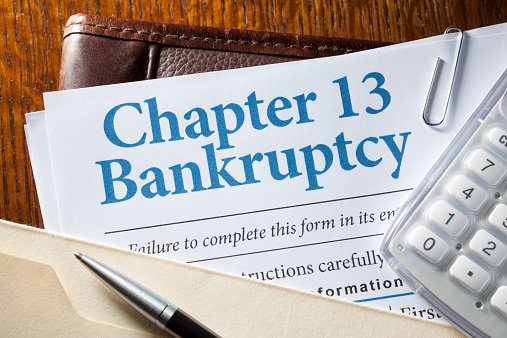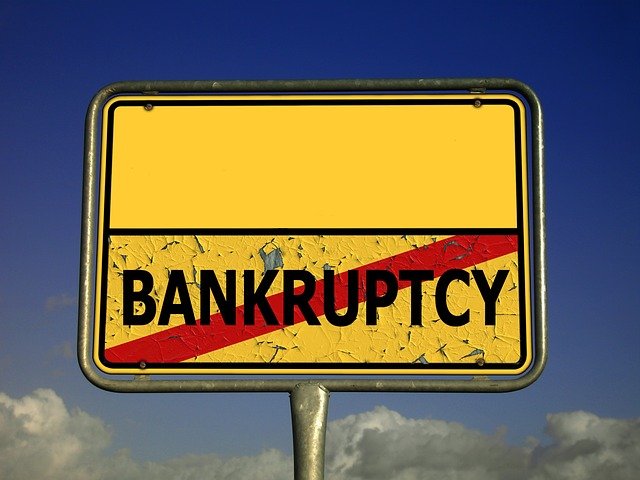What is Chapter 13 Bankruptcy Explained?
If you are suffering from high-end debts, chapter 13 bankruptcy can help you restructure your debt under the federal court’s protection. The court helps the person with a limited time to clear out all their debts. Usually, the period is between 3 to 5 years.
Chapter 13 bankruptcy is also known as wage earners. To qualify for chapter 13, you need to have a regular monthly income. This chapter’s primary goal is to offer you a solution for the current debts and help you get some secured loans.
Can I Qualify for Chapter 13 Bankruptcy?
There are certain conditions that you have to meet before you can apply for chapter 13 bankruptcy.
- You need to have a regular income. Without a steady income, you cannot file a petition for chapter 13.
- You have to ensure that your unsecured loan cannot exceed $394,725, and secured loan cannot exceed $1,184,200.
- Your name must be current on tax filing.
- You cannot have a history of filing for chapter 13 in the last two years.
- You cannot have a history of filing for chapter 7 in the last four years.
- You can file a petition only after the cooldown period of 180 days after a failed petition.
If all the conditions mentioned above are not met, you cannot file a petition for chapter 13. If that is the case, then it is better that you look for other alternatives.
How Can You File For Chapter 13 Bankruptcy?
It is tough to get a loan after bankruptcy. When you are considering bankruptcy, meet with a credit counselor from a nonprofit organization and a bankruptcy attorney. The initial meeting should be free. You can talk with them and discuss your current financial matter.
This way, they will have a good idea of your currency’s financial standing. You will also understand whether bankruptcy is the best way to get your finances on the right track.
 In chapter 13, your bankruptcy attorney will produce the right paperwork to prove your credibility that you are eligible for chapter 13 and debt reorganization. The trustee of the local court will administer the whole process.
In chapter 13, your bankruptcy attorney will produce the right paperwork to prove your credibility that you are eligible for chapter 13 and debt reorganization. The trustee of the local court will administer the whole process.
If everything goes right, you will be able to get the trustee’s approval to repay your secured and unsecured loans. You will be given a tenure of a maximum of five years to repay all your debts.
Once you have decided to file a petition for chapter 13 bankruptcy, these are the processes that you will need to go through.
1. Credit Counselling
The whole process starts with pre-filing credit counseling with a nonprofit organization. This meeting might help you come up with the best repayment plan.
2. Get an Attorney
Once you have a better idea of your financial standing, hire a bankruptcy attorney to handle all the legal paperwork. You must complete every step of documentation without facing any problems.
3. Complete The Paperwork
This process is completed by the combined effort of the hired attorney and your documentation. You need to document all your income and expenses, and your attorney will fill up all the necessary forms.
4. Submitting Petition
Now that all the paperwork is ready, the next thing is to file a petition for chapter 13 bankruptcy. As soon as you file a petition, an automatic stay is issued on your debts.

5. Submitting Payment Plan
Once your petition is being accepted, you get only 14 days to propose a revised or a new repayment plan. Remember that you need to start with the payment within 30 days of the file petition.
6. Holding Meeting With Creditors
These meetings are done to ensure that there are no problems between the creditors and the debtors. Even if there are problems, everything is solved during the meetings.
7. Payment
The payment plan is between 3 to 5 years. And the creditors expect that you will be able to clear out all the debts in these 5 years.
8. Debtors Financial Education
Before the chapter 13 bankruptcy is complete, you must complete the debtor’s education course to manage your finances in the future.
The Bottom Line
There you have it. Now you know how to file for chapter 13 bankruptcy. Here we have covered all the possible aspects of chapter 13 bankruptcy. Although bankruptcy will linger on your credit report card, if you can keep up with the regular payments of bills, you will be able to overcome this crisis.

